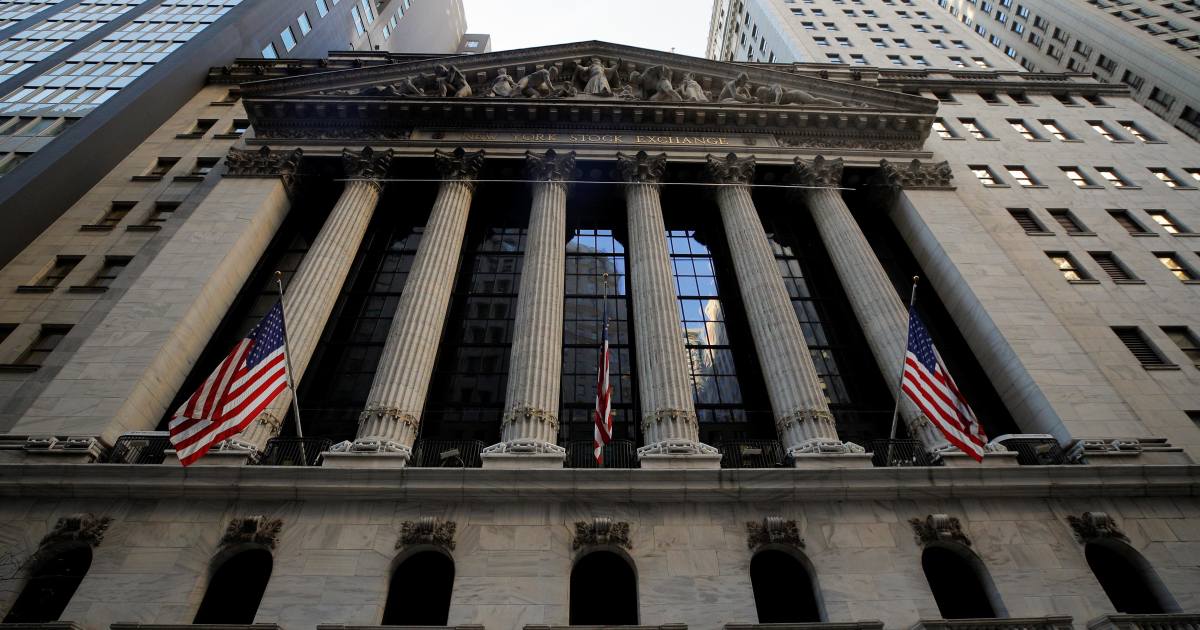US equities rose on Friday and the S&P and Nasdaq indices recorded their biggest weekly percentage gains since the United States election in early November, driven by optimism about profits, stimulus talks and progress in launching vaccines.
The S&P 500 climbed for the fifth consecutive session in its longest winning streak since August. The benchmark index and Nasdaq recorded high closing records for the second day.
The Dow Jones Industrial Average rose 92.38 points, or 0.3 percent, to 31,148.24, the S&P 500 gained 15.09 points, or 0.39 percent, at 3,886.83 and the Nasdaq Composite added 78, 55 points, or 0.57 percent, at 13,856.30.
For the week, the S&P 500 gained 4.65 percent, the Nasdaq added 6.01 percent and the Dow increased 3.89 percent. The Russell 2000 low-cap index rose 7.7 percent for the week, its biggest weekly percentage gain since the week ended June 5.
But as the trading frenzy that took GameStop Corp and other retail investors’ favorite wild trips subsides, investors are looking for signs of potential market stress that could affect stock performance in the coming years. weeks.
For now, US stocks appear to be looking beyond the increased volatility that has led the S&P 500 to its biggest weekly decline since October last week, as solid gains, expectations of fiscal stimulus and progress in vaccination efforts across the country took stocks back to record highs.
Some investors, however, fear that the violent swings in GameStop’s stock and other “meme stocks” may have exacerbated concerns about market volatility and high valuations that may make investors more risk-averse.
“The recent retail activity has been worrying for the broader market,” said Benjamin Bowler, head of global equity derivatives research at BofA Global Research.
Liquidity in S&P 500 futures dried up as market makers and other investors sought to reduce risk during the GameStop boom, according to BofA analysts. Earlier this week, the “market weakness”, as measured by the bank, reached its highest level since March 2020, making U.S. stocks exceptionally vulnerable to sudden market shocks, the company said.
Movements in the Cboe Volatility Index, known as Wall Street’s “fear meter”, also indicated that investors may be more sensitive to market turmoil than normal: last Wednesday the index rose 14 points, its biggest gain in a day since March, as the S&P 500 lost 2.6 percent.
The fear meter’s rise was eight to 10 points higher than the expected move after the S&P 500 crash, according to UBS strategist Stuart Kaiser. The overreaction, he said, points to increased nervousness among investors, which may suggest higher market sales in response to negative events.
Since then, VIX has reverted to its post-pandemic lows, with U.S. stocks rising this week. Even so, “I wouldn’t say that we have completely overcome this,” said Kaiser.
Next week, investors will be looking at quarterly corporate results from Cisco Systems Inc, General Motors Co and Walt Disney Co, as well as consumer price data in the U.S.
For now, option markets are not giving the green light.
Investor demand for S&P 500 call options, used to make gains on the index, jumped after falling to several decades earlier this week, according to Charlie McElligott, managing director of cross-asset macro strategy at Nomura. The fluctuation in demand points to the risk of a downturn and unstable trade in the coming weeks, he said.
In the long run, several market analysts said the GameStop effect may be nothing more than a dot on the radar screen for markets as a whole. Drops in the VIX of 20% or more tend to bode well for stocks, with the S&P 500 rising 2.6% a month later, according to Christopher Murphy, co-director of derivatives strategy at Susquehanna Financial Group.
Even so, the exuberance that amplified the market’s failures has not completely disappeared. According to data from Trade Alert, options activity showed strong demand for bullish calls on the ETF SPDR S&P Retail, which includes GameStop, and the iShares Silver Trust, which was also shaken by retail trade.
As a result, some investors have said they plan to act cautiously for the time being, especially if they are exposed to passive funds that hold a large number of small-cap stocks that may be sensitive to a sudden retail frenzy.
“Time will tell if this has a more lasting effect on the market,” said Matt Forester, director of investments at Lockwood Advisors. “We need to police our properties to ensure that we are not overly exposed to these trends.”
